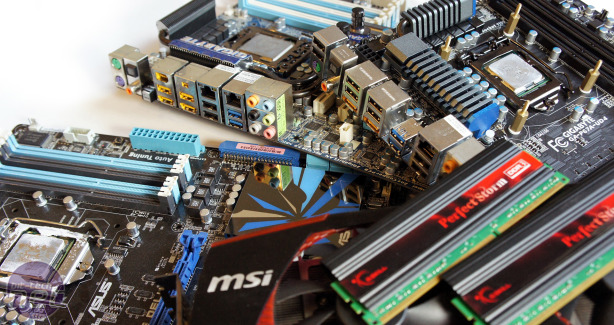Test Seup
- Intel Core i7-2600K - 4(8) - Hyperthreading Enabled, TurboBoost and C1E Disabled.
- Gigabyte GA-P67A-UD4 - (Intel P67 F5r BIOS)
- 4GB G.Skill Perfect Storm 2,200MHz CL8
- MSI GeForce GTX 480 Lightning Graphics Card
- GeForce Driver Version 260.66
- Crucial RealSSD C300 128GB
- 650W Seasonic X-series PSU
- Microsoft 7 Home Premium x64
Memory Speeds Tested
- (3,000MHz CPU) 100MHz x 30: 1,333MHz
- 9-9-9-24-1T
- 8-8-8-20-1T
- 7-7-7-17-1T
- 9-9-9-24-1T
Intel Sandy Bridge
- (3,000MHz CPU) 100MHz x 30: 1,600MHz
- 9-9-9-24-1T
- 8-8-8-20-1T
- 7-7-7-17-1T
- 9-9-9-24-1T
- (3,000MHz CPU) 100MHz x 30: 1,866MHz
- 9-9-9-24-1T
- 8-8-8-20-1T
- 7-7-7-17-1T
- 9-9-9-24-1T
- (3,000MHz CPU) 100MHz x 30: 2,133MHz
- 9-9-9-24-1T
- 8-8-8-20-1T
- 9-9-9-24-1T

MSI MPG Velox 100R Chassis Review
October 14 2021 | 15:04










Want to comment? Please log in.